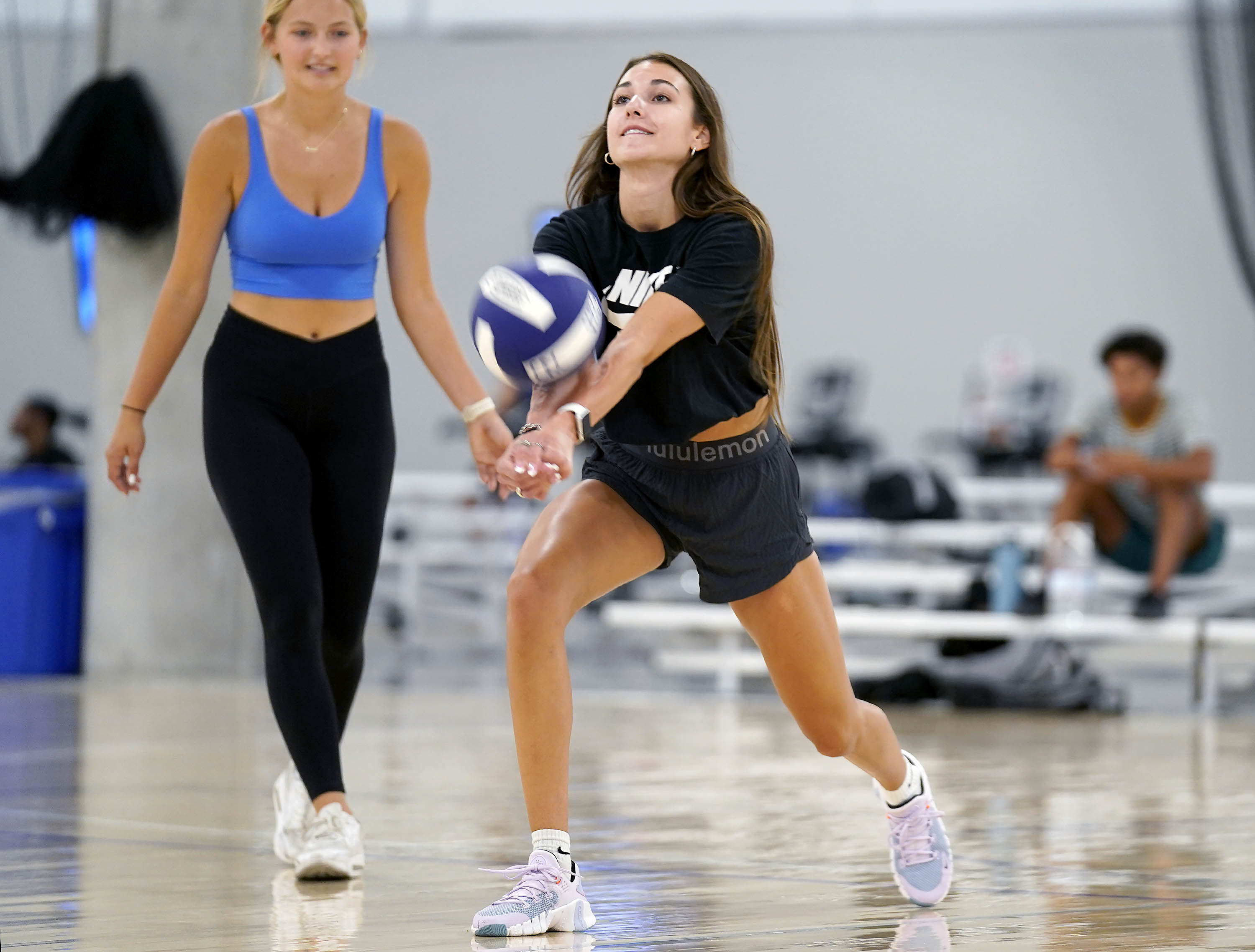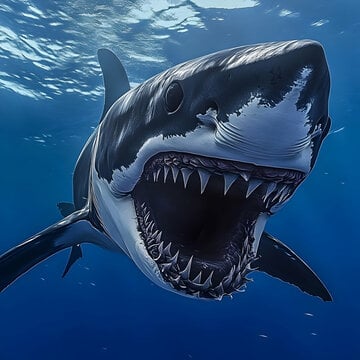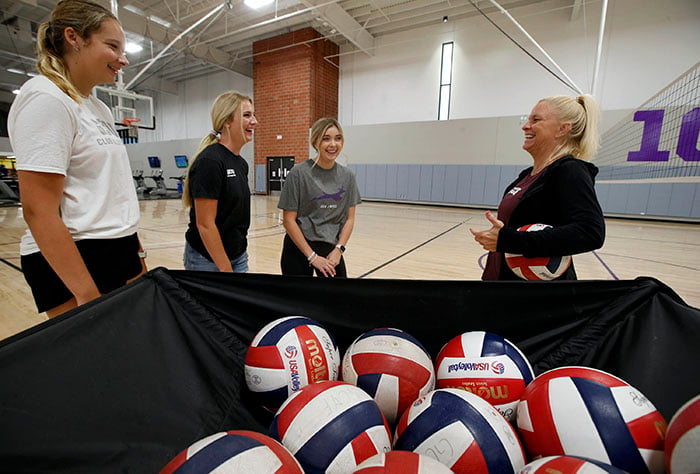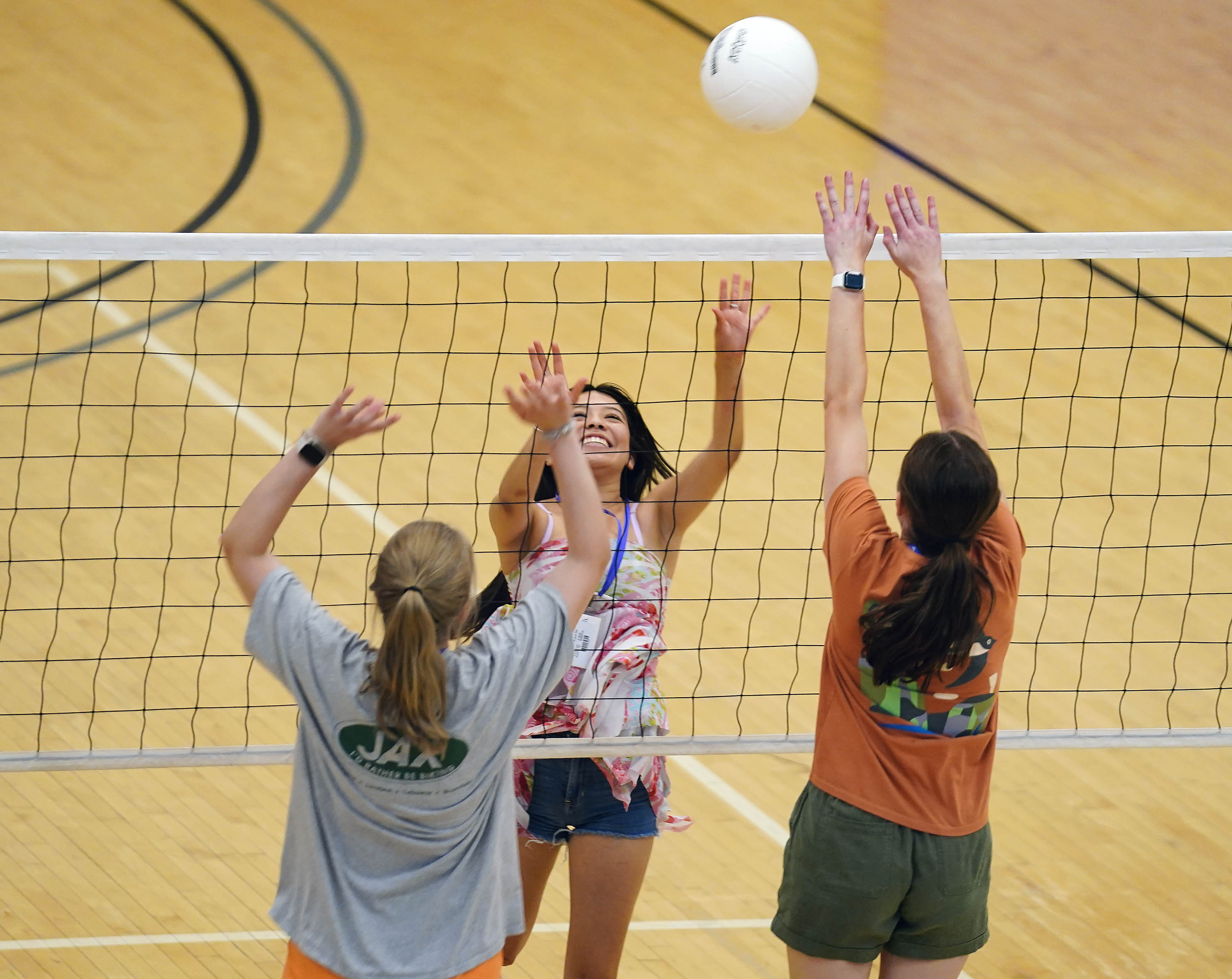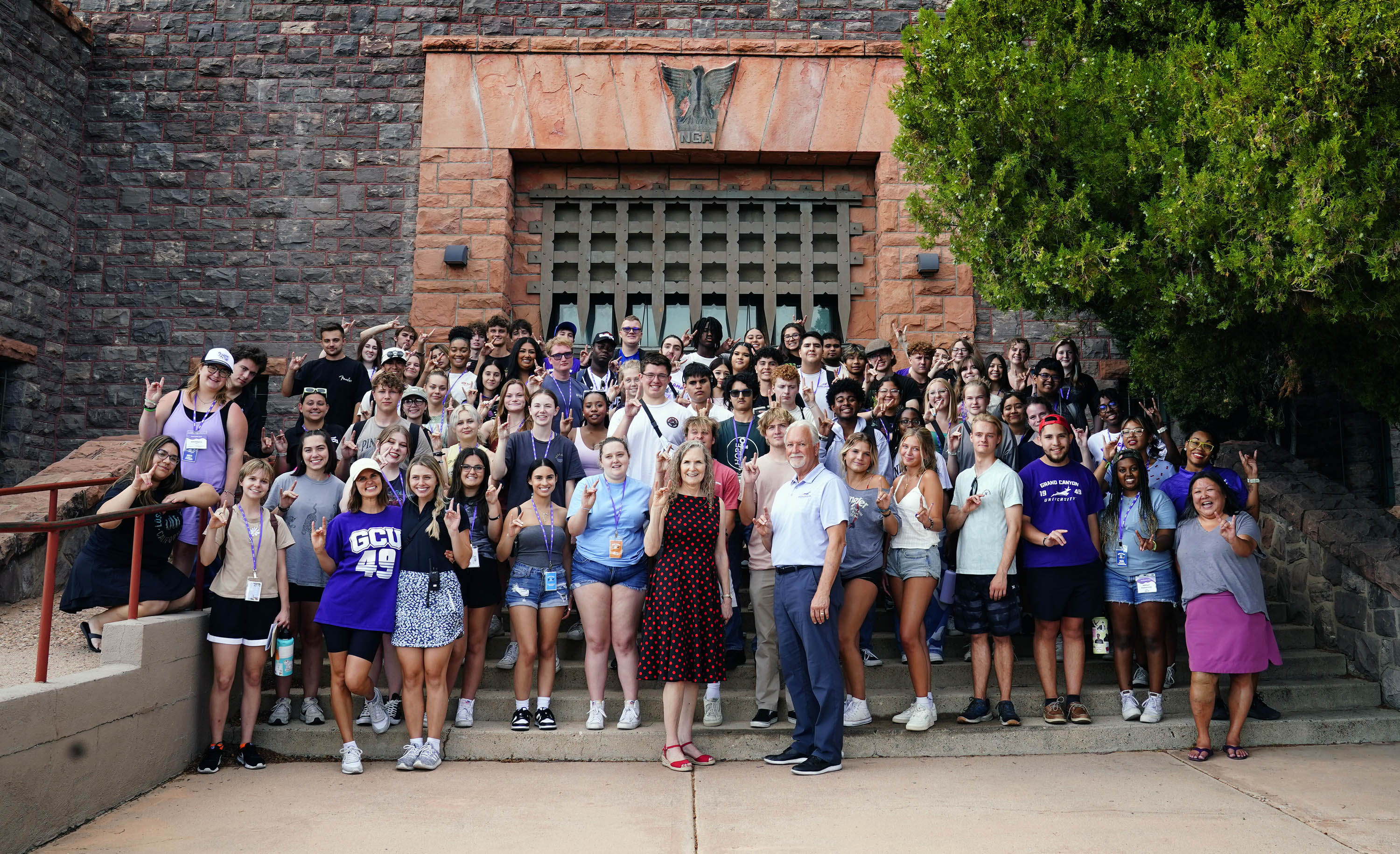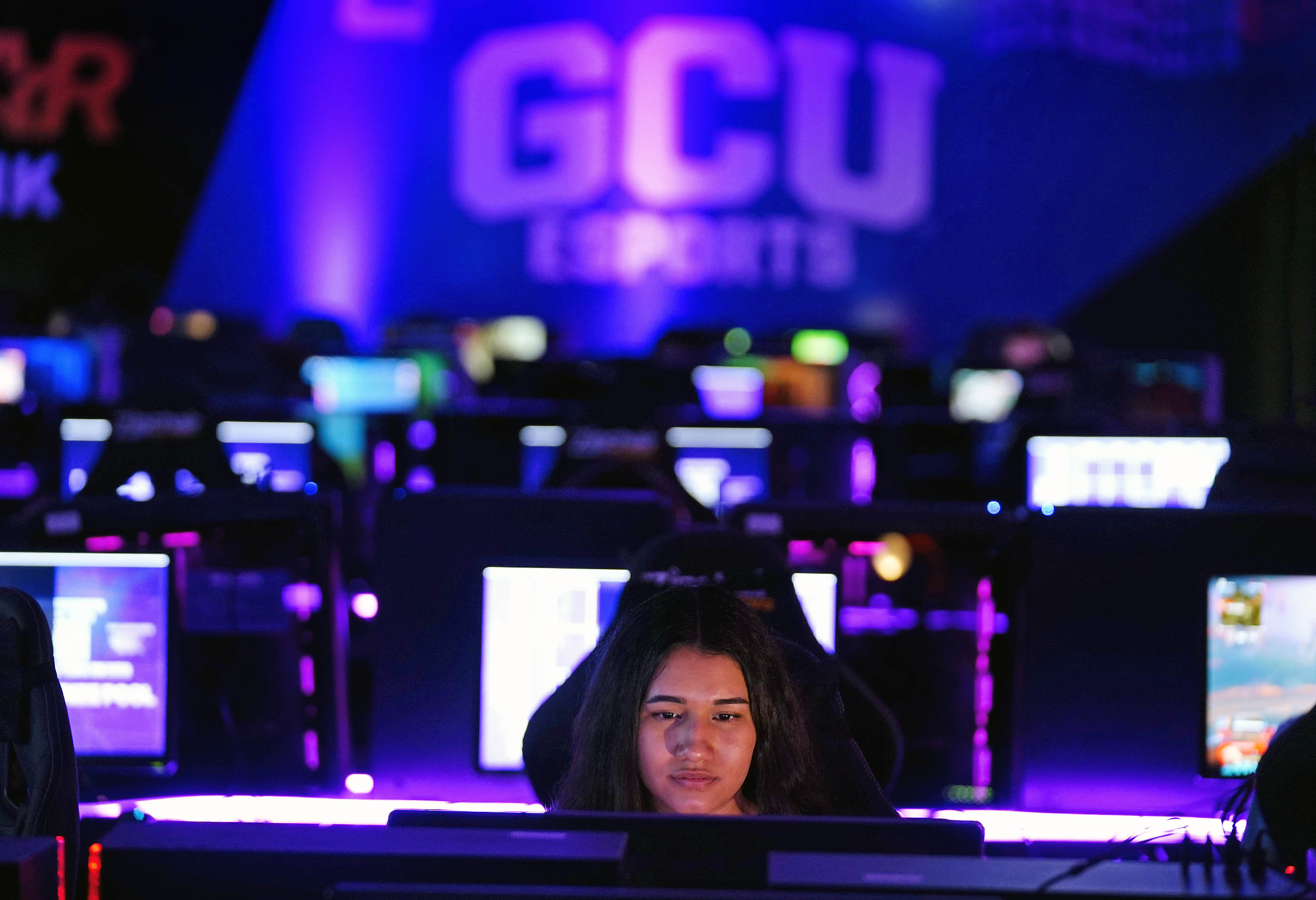
Story by Lana Sweeten-Shults
Photos by Ralph Freso
GCU News Bureau
It’s a chilly December morning and, as they tend to do, a trio of hot air balloons dot the pale blue Phoenix sky along west Carefree Highway, just a mile or two from Biscuit Tank on the east end of the Arizona Game and Fish Department’s Ben Avery Shooting Facility.

It isn’t a scene senior Grand Canyon University biological sciences major Megan Lawson might have expected to see from her classroom. When most college students look up from their textbooks, they are more likely to spy a professor in suit and tie lecturing from behind a podium, intermittently scribbling this academic fact or that on a whiteboard.
Then again, her classroom isn’t the typical classroom.
Lawson and five other GCU environmental and biological sciences majors have traded the four walls of a College of Science, Engineering and Technology space for the open floor plan of the great outdoors as they maneuver through their BIO-479 Applied Field Research course.
The senior-level class, taught by Arizona Game and Fish Department biologists, is keen on giving students hands-on experience in the field as well as a leg up when it comes to landing a job, say, with a conservation agency, state parks and wildlife department, U.S. Forestry Service or even at Game and Fish.
Students in the course — it’s kept small to optimize those hands-on experiences — have cast nets in the Salt River, jaunted off to Lake Pleasant, worked with Esri global information systems software to learn about mapping and global-positioning methods, and delved into bird identification.

The field techniques course is an outgrowth of GCU’s partnership with Arizona Game and Fish. In 2019, the department’s Aquatic Program Habitat coordinator, David Weedman, became the University’s first Game and Fish liaison, nestling into a space in a fourth-floor biology lab, where he meets and mentors students interested in careers like his.
“That was kind of the inspiration for it (the class),” said Adrienne Crawford, GCU biology, ecology and environmental science instructor. “How do we get our students out in the field, outside of the classroom, and give them the skills that would make them competitive in the job market, or in internships, when they leave?”
BIO-479 was the answer, though it wasn’t at all where Lawson expected to be just two weeks away from graduation.
“I wanted to be a doctor. I wanted to go to medical school,” she said as the class gathered outside the shooting range before the trek to Biscuit Tank, the sound of gunfire ricocheting with a clap off a backdrop of hills and then whirring and churning and chewing through those hills like a cadre of jets.
But then she started to take more classes that involved wildlife.
“My goals changed,” Lawson said.
She spoke about her capstone class, collecting tadpoles and working with frogs. Now she wants to work in conservation and with endangered species.
“It’s just fun to be out in the field,” she said of the class.
On this particular Friday at Biscuit Tank, a pond on two acres near the shooting facility, she and her classmates checked traps for small mammals and lifted coverboards to look for “herps,” or herpetiles, such as lizards, frogs and snakes.

Instructor Kendra Loubere, an Arizona Game and Fish Heritage Data Management Systems data specialist — and one of the four Arizona Game and Fish biologists teaching the class — flips through a spiral notebook for the instructional portion of the course.
Over its 15 weeks, the applied field techniques class barrels through three units: aquatic, global information systems and the portion Loubere teaches, terrestrial field techniques.
She lists the reasons researchers capture animals: to collect genetic information or information on diseases, to take physiological measurements or for translocation to increase the population of certain species in a certain area or to increase the genetic diversity of a population.
And she goes through how wildlife biologists like her capture animals and the pros and cons of each method, from foothold traps to box traps, before she and the half dozen students in the course start their trek around the pond to check the 36 mammal traps she placed the day before.
Teaching the class was a chance for Loubere to get back to a place she loves. Her job as a wildlife biologist has taken her from the upper Missouri River, where she collected data on endangered plovers and terns, to researching the wintering ecology of Canada geese in the Chicago area, to studying white-tailed deer in Minnesota.
“In the past two years, I have transitioned from a field job to a desk/computer-based job,” said Loubere, whose parents worked for the U.S. Fish and Wildlife Service. “So it’s nice for me to get a chance to get out in the field again and kind of show people what I know.”
Loubere’s husband, Alex, helmed the course’s aquatic section with fellow Arizona Game and Fish sportfish research biologist Dr. Devon Oliver, and Arizona Game and Fish IT Project Manager (and GCU adjunct faculty member) Dr. Richard Lawrence oversaw the global information systems portion.

Loubere cautioned students that, with the rain the night before, they might not have trapped any mammals. Then, about 20 traps in, she piped up, excitedly: “OK! We got one!” as she spied a pocket mouse in one of the small mammal traps. “I like to Michael Jackson it and glove my nondominant hand,” she said as she gingerly handled the mouse along with the students before releasing it.
Johnathon Shaver, a senior environmental sciences major with a chemistry emphasis, said that unlike his classmates, he wants to go into government and possibly be a city councilmember. He took the field techniques course and other environmental sciences courses “so I could be kind of a bridge between government and science,” he said.
He sees that route as being the best way he can make a change in the world.
The course, Shaver said, is “a high rarity.” It gets him outside, where he is able to be in rivers and lakes and capturing pocket mice alongside working biologists.
His favorite part of class?
It was the first day of lab, where he found himself up to his neck in water as he backpedaled into the Salt River unraveling a 100-foot-long gillnet, which has slots for selectivity and allows the capture of different sizes of fish.
“I thought that was super fun. I was completely unprepared in terms of I was wearing these shoes,” he said, pointing to his athletic shoes.

Mathew Hernandez, a senior environmental science major in the biology track, was keen on taking the course because he wants to go into wildlife management.
“I’m really passionate about field research,” he said.
He has volunteered for Arizona Game and Fish on a bat survey in eastern Arizona and loves that in the class he gets the chance to explore various areas of the Valley. That has given him a good grasp of the wildlife and landscape that’s out there.
“It’s the highlight of my semester,” he said.
BIO-479, which wrapped up in December, will be offered again in the fall, with Arizona Game and Fish biologists returning to share their knowledge.
“We’re just really fortunate to be able to have professionals in the field helping our students beyond the book,” Crawford said.
GCU senior writer Lana Sweeten-Shults can be reached at lana.sweeten-shults@gcu.edu or at 602-639-7901.
***
Related content:
GCU Today: Game and Fish liaison casts his line at GCU
GCU Today: GCU steps up for black-footed ferret count
GCU Today: Owl conservation team hatches new nest box design
GCU Today: Save the rainforest? GCU plant researchers may help

